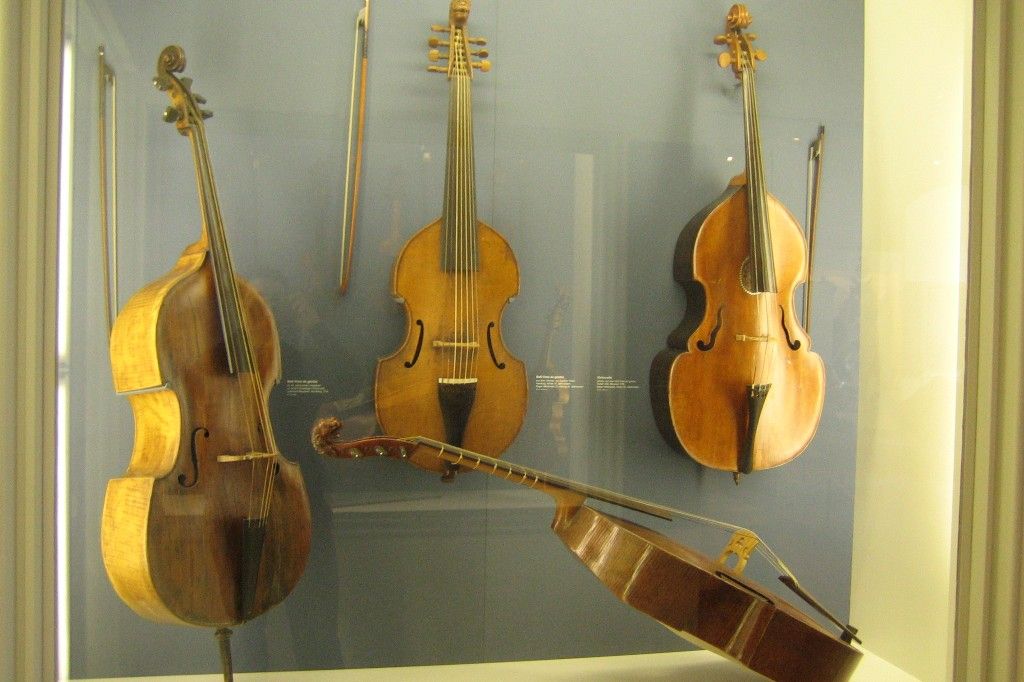Turns out we were ahead of our time, and now, of course, time being what it is, we’re way behind. Early music players today have access to resources where they can download, for instance, any four of the five parts of a piece, so they can play the fifth one themselves with either the same person playing all the rest of the parts, or even with an ensemble who combined individual tracks.
Reactions vary enormously – there are those who say, “Oh come on, I play music to communicate with other people – why would I want to play a piece the same every time?” And there are those who say, “Wow – imagine getting to play music with a professional!” and happily download things, especially knowing that same professional performer has probably lost an awful lot of work recently.
But back to the performances that are meant to amuse you at the very least, and possibly even to inspire you.
Traverso player Rob Turner, at home in Dayton, Ohio, was studying the Opus 1 sonatas by the French performer-composer Michel Blavet from 1728. Both the melodic solo line and its accompaniment fit on the traverso, the baroque transverse flute made of wood.
But Mr. Turner was alone. Playing on a copy of a 1740 flute by a maker that Blavet would have known well, Rob challenged himself to record one part of Blavet, and then the other. We’ll hear two Preludes, one in G and one in D from Blavet’s Opus 1.
After the preludes you’ll hear Rob Turner’s own arrangement of – get this – an organ piece by Nicolas Labègue, for two flutes. The piece is based on a very popular song of the day, Une jeune pucelle - a simple, catchy tune with a long and complicated history that has both sacred and secular manifestations.
Music 1
In Dayton, Ohio, traverso player Rob Turner played both parts of 2 preludes by Michel Blavet, and then both parts of his own arrangement for two flutes of Nicolas Labègue’s organ setting of the song Une jeune pucelle.
Here’s another example of one person performing multiple roles simultaneously, or perhaps successively would be more accurate. Viola da players tend to travel in packs, or consorts, and their core repertory is polyphonic music in 3 to 6 parts. It is not uncommon to find people who can play many different sizes of viol.
Now something to ponder: can you imagine that a player might (only once in a great while, mind you!) long to play all the parts of a piece to get it to sound exactly the way they imagine it?
Liam Byrne, living in Berlin, is one of those viola da gamba players who can play lots of sizes of viol. And he was alone. We’ll hear Liam perform the complete works of a composer who is known to us only as Picforth - for you see, this is the only piece found so far that is attributed to him. Its title, In nomine, implies that one part of the five plays the antiphon Gloria tibi Trinitas in long even notes. What’s unusual about this In nomine, however, is that all 5 parts play in equal note values throughout, so one part is, as it were, all in whole notes; one in dotted halves; one in half notes, etc. It’s sixteenth century minimalism!
And one unusual thing about this performance is the pitch level, for the piece is transposed down something like an octave from where it appears to be written. The result is a hypnotic, grumbly weave of minimalist sound that is not at all easy to identify chronologically, but incredibly atmospheric and at the same time solid:
Picforth
That was Liam Byrne playing all five parts of Picforth’s In nomine on various sizes of viola da gamba. There will be some who cannot bear the idea of a project like this because they find much of the fun in being surprised by what other people do in a live circumstance. But if that is simply out of the question – for instance, let’s say a person is quarantined for some reason – there are lots of things to be learned from a do it yourself undertaking like this!
Here, now, is a very well-known 4-voice madrigal of Cipriano da Rore called Ancor che col partire, a piece for which many virtuosic solo settings survive. Liam adapts one of those virtuoso settings to make it his own, playing all four parts of the madrigal as accompaniment. This is more or less late 16th C jazz, with a soloist wailing through the entire range of the piece providing their take on it, perhaps whilst the other players play the original model:
Ancor
Ancor che col partire, the original madrigal by Cipriano da Rore, played with a fifth virtuosic part added to the original 4. Liam Byrne plays all the parts.
Many thanks to Rob Turner and Liam Byrne for sharing these inspiring examples of performance practices that were not possible at the time the pieces were composed. Do you know of any historical examples of such performances? We’d love to hear from you.
In fact, we’re always interested in hearing any of your thoughts about this podcast. You can find Harmonia on Facebook, or leave a comment or question any time by visiting harmonia early music dot org. This has been Harmonia Uncut, and I’m WG, stay well and thanks for joining me!










